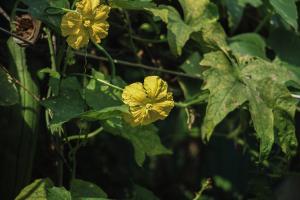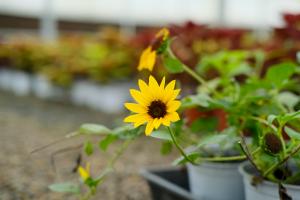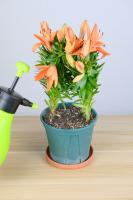1、 Curing method
1. Temperature: the most suitable temperature range for its growth is 18 to 28 degrees. However, it likes the environment with larger temperature difference, so it can be maintained at about 15 degrees at night. In winter, because it is not very cold resistant, it needs to be placed in an environment of no less than seven degrees, otherwise it will be damaged by freezing
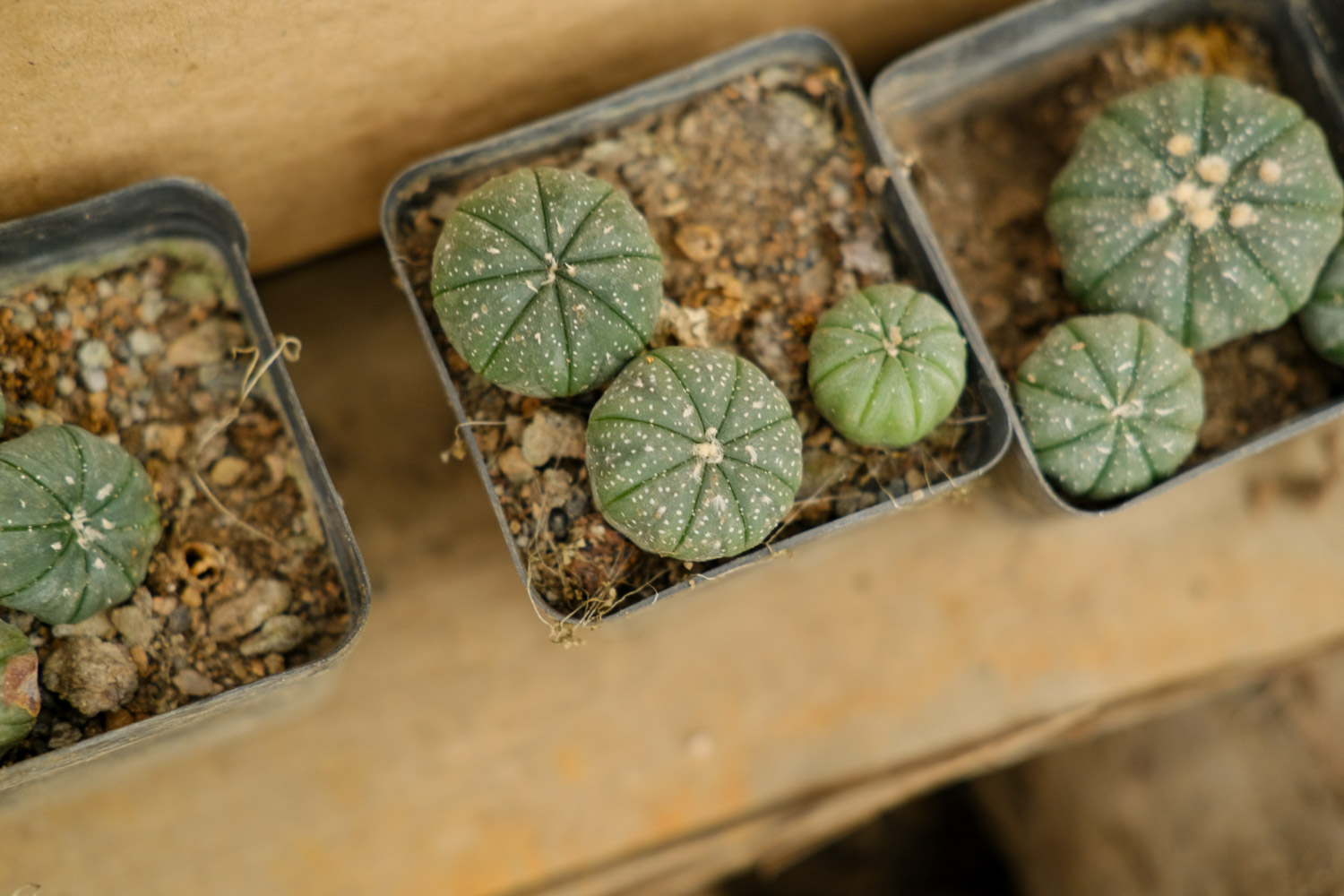
2. Light: it likes good light, and it is not afraid of strong light. On the contrary, its negative tolerance is not good. According to these characteristics, it needs to be placed in a place with good sunshine conditions, so that it can develop well. Don't put it in too dark place. If it is indoors, it can always be placed by the window and other places
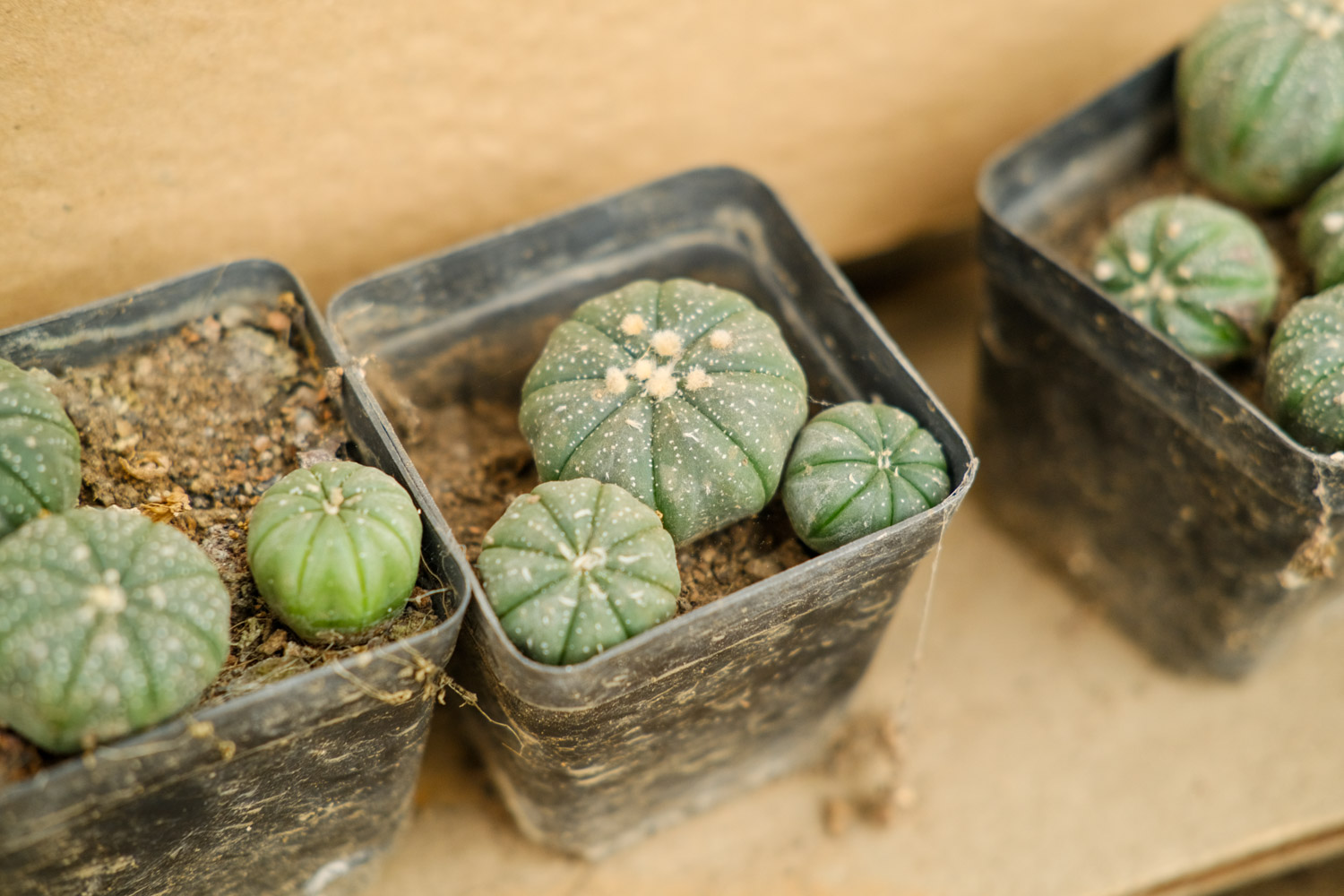
3. Watering: Xingdou is more drought resistant because of its strong ability to store water. Therefore, a slightly dry environment is more suitable. After the matrix is dry, add water and do not accumulate water
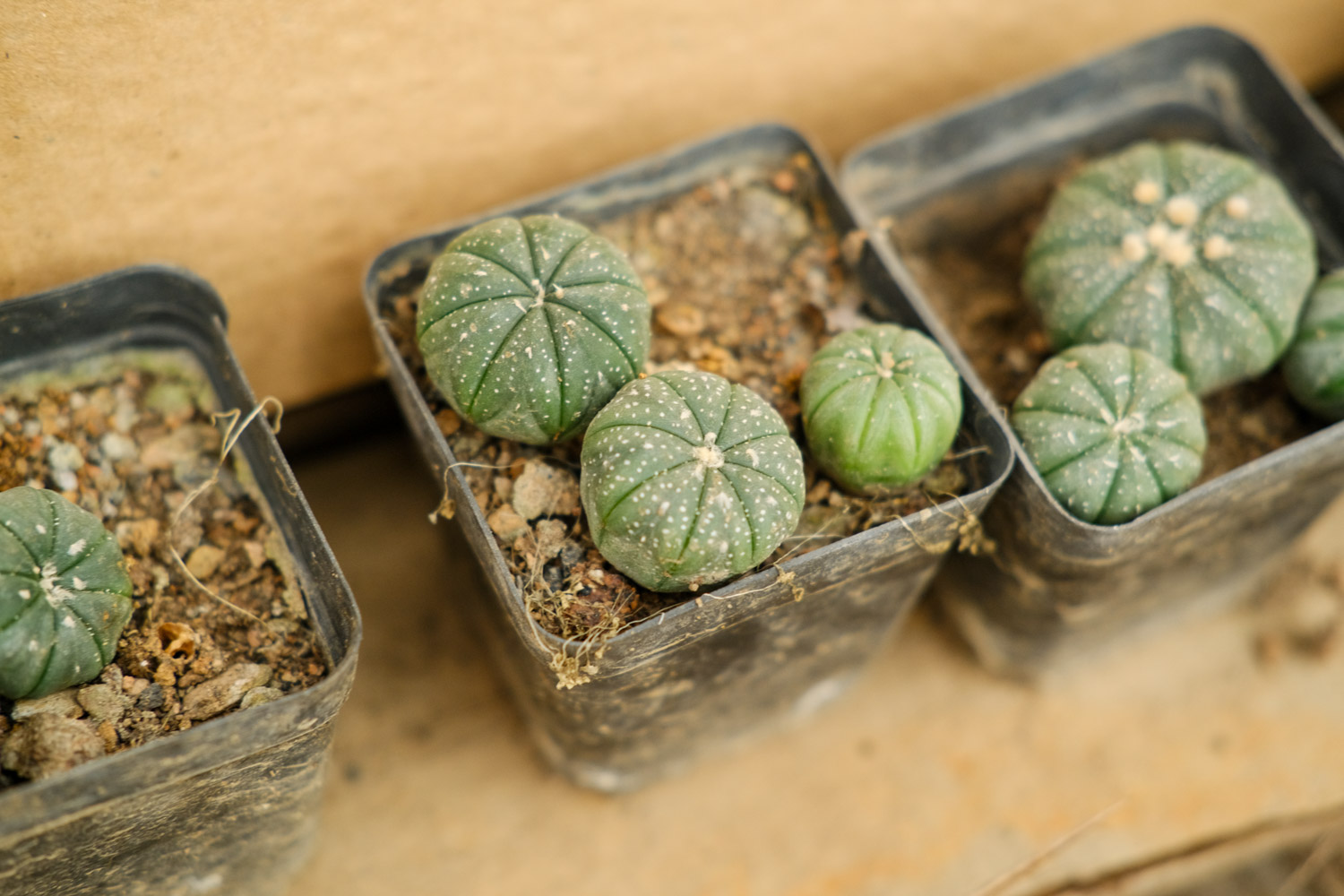
4. Fertilization: Xingdou has little demand for fertilizer. Mix a little into the soil and topdressing can be done once every two or three months

2、 Breeding skills
1. Reproduction: sowing is commonly used. It is most appropriate to carry out in spring. Generally speaking, the method of "pot sowing" can be adopted. Indoor, the conditions are more appropriate. In this way, it can germinate in three or five days. However, it takes about three or four years to grow to flowering
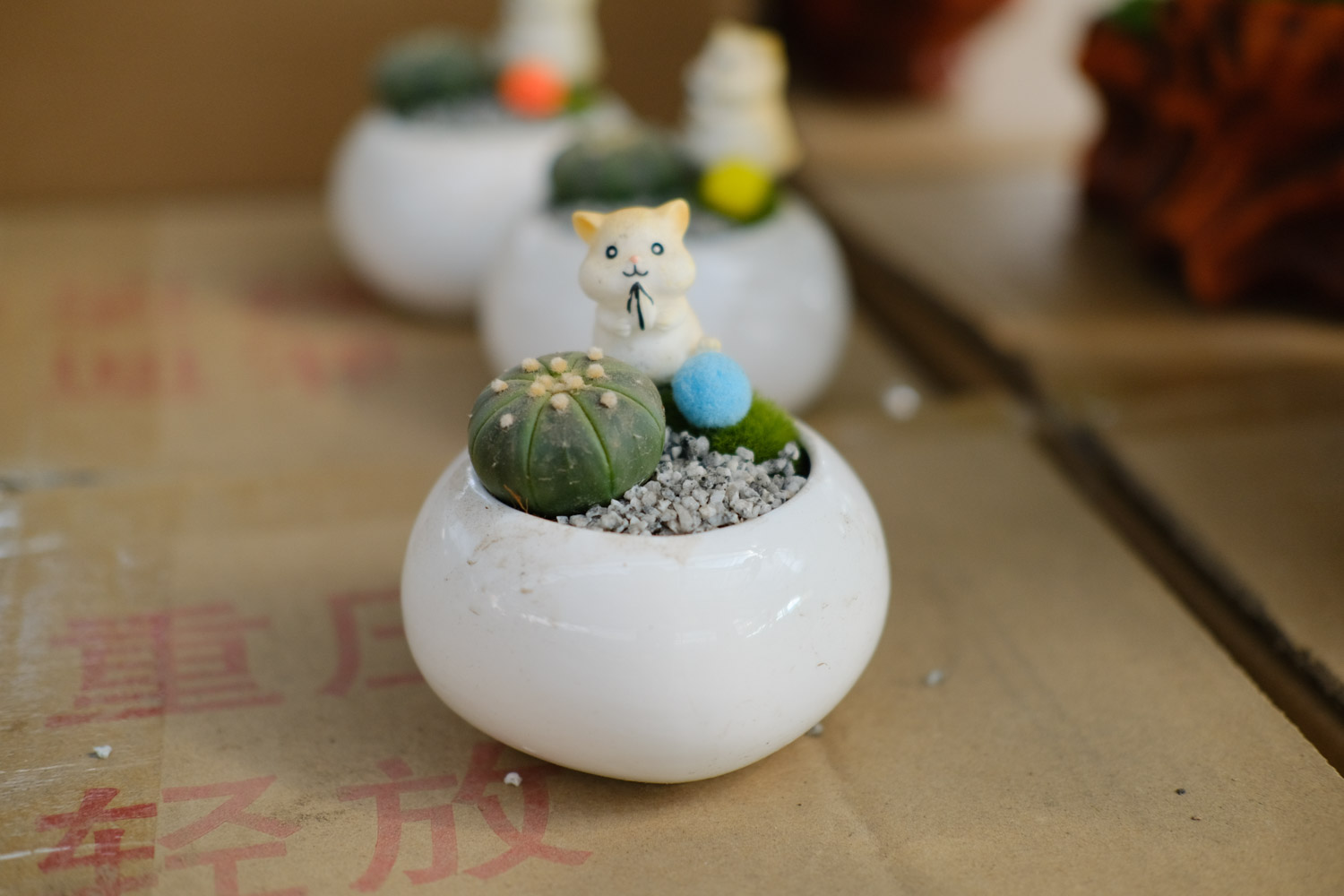
2. Changing pots: when breeding Xingdou, you don't have to change pots very frequently. Generally speaking, once every five or six years is enough. Select the substrate with good drainage capacity and good ventilation, such as sandy soil, and mix some organic fertilizer. After changing the basin, pour a little water and place it in a cool place

3、 Problem diagnosis and treatment
1. Diseases: there are not too many diseases in Xingdou. "Anthrax" may occur in very muggy and poorly ventilated conditions. While using chlorothalonil and other agents, ventilation must be carried out in time to ensure appropriate surrounding conditions

2. Insect pests: relatively speaking, there are not too many pests. If they occur, they need to be eliminated in time when the number is small

4、 Other issues
1. Toxicity: it is a kind of cactus. It is not only non-toxic, but also has strong purification ability

2. Whether it can be raised at home: Yes, but it is a vulnerable species, which may be more expensive


 how many times do yo...
how many times do yo... how many planted tre...
how many planted tre... how many pine trees ...
how many pine trees ... how many pecan trees...
how many pecan trees... how many plants comp...
how many plants comp... how many plants can ...
how many plants can ... how many plants and ...
how many plants and ... how many pepper plan...
how many pepper plan...